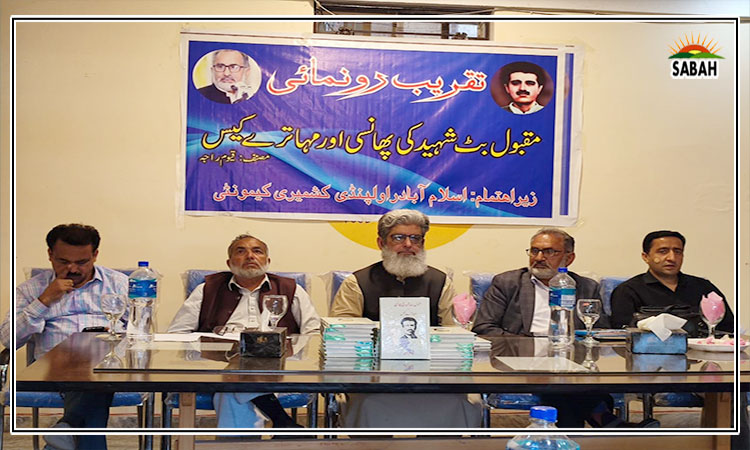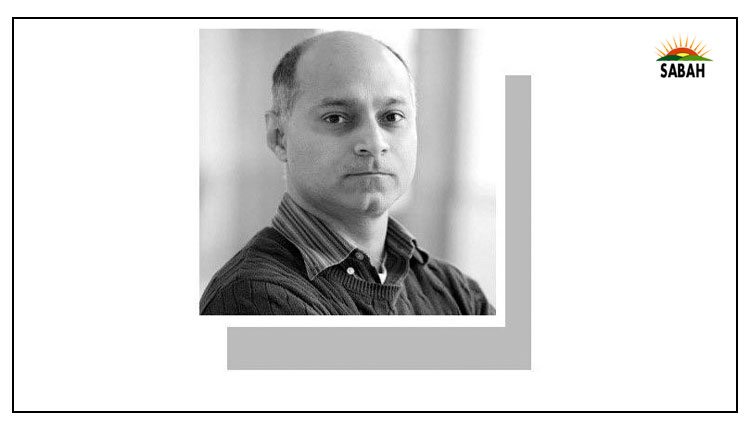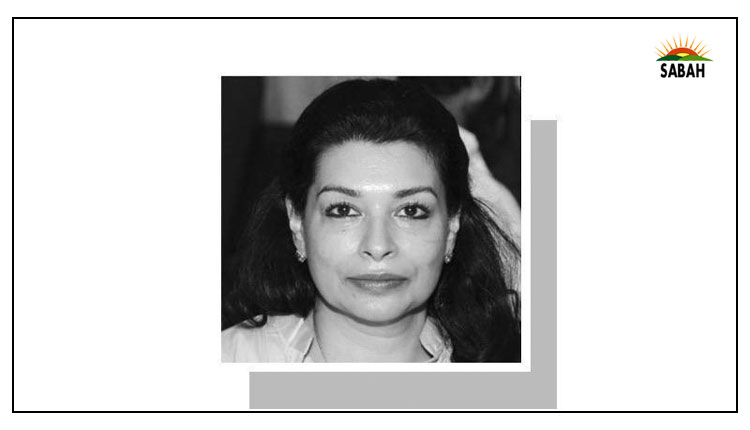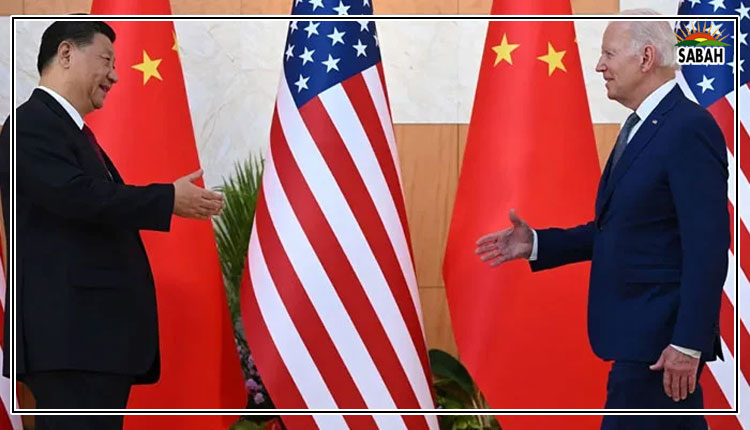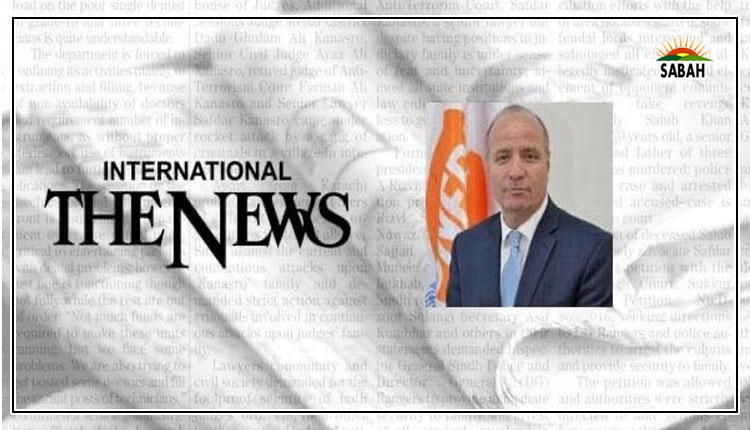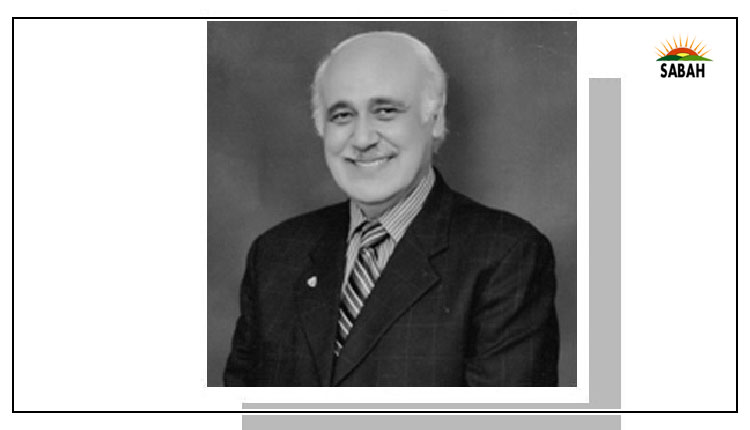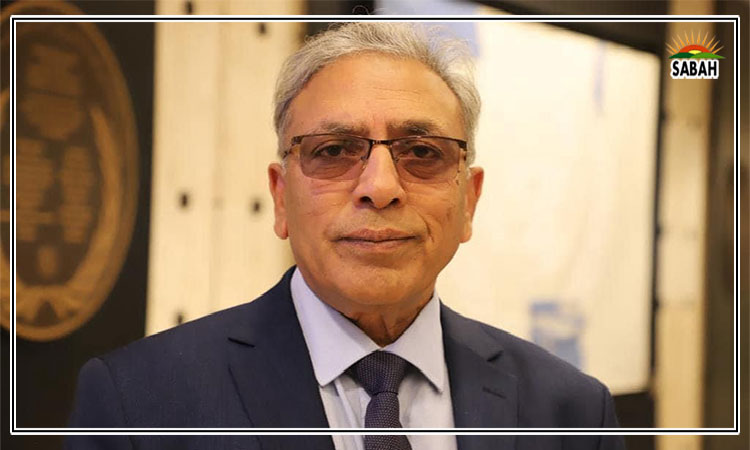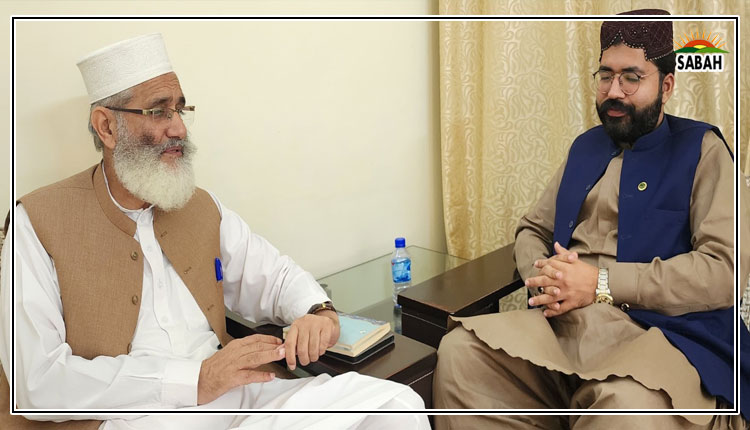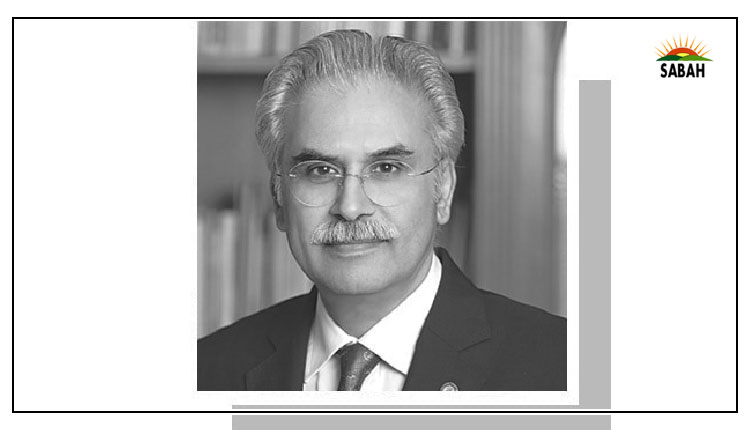UHI and UHC…Zafar Mirza
SEHAT Sahulat is a great programme but universal health coverage has a much larger vision. Sehat Sahulat is a state-financed health insurance system for the curative care of hospitalised patients, whereas UHC means healthcare for all. After the universalisation of the Sehat Sahulat programme in the federal areas, KP and Punjab, the term universal health insurance is increasingly being used in policy discussions. Many senior policymakers bureaucrats and politicians continue to equate UHI with UHC. Indeed, there is conceptual overlapping between the two but they are not the same. It is vital to understand the overlaps and distinctions as they can misguide policymaking. Lets unpack this further.
The World Health Organisations definition of UHC is, when all people and communities can use the promotive, preventive, curative, rehabilitative and palliative health services they need, of sufficient quality to be effective, while also ensuring that the use of these services does not expose the user to financial hardship.
There are four key interlinked components of UHC according to the above, universally accepted conceptualisation: accessibility to all people; access to needed health services; health services of quality; and financial protection of those who cannot pay.
Let me begin with the last one. Financial protection is one of the four main coverage goals of UHC, and it is particularly important for the poor. Once financially protected, one doesnt have to make excessive out-of-pocket payments at the point of care, thus obtaining access to healthcare without experiencing financial hardship. Specific terminologies used by health economists for financial hardship are: catastrophic and impoverishing health expenditures.
Universal health insurance for hospitalised patients cant be equated with UHC.
The key to protecting people in this regard is to ensure prepayments and pooling of resources for healthcare. Financial protection can be provided in different ways, one of which is state-financed health insurance, for example, the Sehat Sahulat programme. But there are also other ways to financially protect the poor in healthcare, including government-financed free health services in public-sector facilities; health insurance systems in public and private sectors based on voluntary contributions; community health insurance schemes based on a free or co-payment basis, health services organised by not-for-profit organisations financed by local philanthropy or financing from international development partners.
Financial protection arrangements of one kind or another are aimed at primarily protecting the poor in order to ensure that the needed health services are not denied to them. It is critical for this purpose. But the governments vision is for the entire population including those who cannot pay, who can partially afford and who can fully pay for their healthcare all people and communities can use the health services they need (the first and fundamental requirement of UHC). Hence, the implementation of UHC requires a broader vision, for which the most financially unprotected serve as a logical and ethical starting point. This is how the Sehat Sahulat programme was envisaged.
Another critical dimension for the governments is equity in healthcare, ie, the provision of individual healthcare services according to need and without distinction including the ability to pay. In view of limited health budgets, the idea of essential or bare minimum health service packages has come into being, ie, the coverage of the maximum number of people with the provision of a limited number of the most important health services. Cost-effective services that are selected, align with the burden of disease. A per capita per year cost is then derived for delivering the package.
Pakistan has done well by developing packages for essential health services at the federal level as well as in the four provinces, but their implementation remains a challenge. These packages contain health services that must be made available at the five levels of healthcare: community level; the first level PHC facility; the secondary level (tehsil headquarter hospitals and non-teaching district level hospitals); tertiary level (teaching hospitals); and the population level (health promotion campaigns aimed at the population). It has been assumed that these packages are limited to only public-sector facilities. The Sehat Sahulat programme has its own offering of inpatient health services, which is not linked to the essential health service package that federal and provincial governments have developed to be purchased from the private sector.
The fourth component of the UHC concept is that health services should be of sufficient quality to be effective. Our healthcare system is geared to improve access and does not pay enough attention to the quality of the care provided. In this regard, it is very important to note what The Lancet Global Health Commission on high-quality health systems in the Sustainable Development Goals era: Time for a revolution concluded in 2018: more deaths in low- and middle-income countries now occur as a result of the poor quality of care rather than a lack of access to care.
Most health economists and public health experts see that we have prematurely universalised our Sehat Sahulat programme. What was conceived as a financial protection programme for the hospital-based treatment of poor patients to lower catastrophic and impoverishing out-of-pocket expenditures, especially in private hospitals but also in resource-scant public-sector hospitals, was opened to the whole population primarily for political reasons. The result is that the programme has been facing fiscal difficulties and has been halted a few times in KP and Punjab. If serious attention is not given to this aspect, the sustainability of this otherwise wonderful programme will remain in jeopardy.
Instead of universalising free hospital treatment for the entire population, it should be limited only to the poor and vulnerable. At the same time, the programme should be extended to provide financial protection of the poor so that they can access primary healthcare in the private sector. Attention should be paid to ensuring the quality of healthcare.
So, universal health insurance, however good it sounds, is neither financially sustainable presently, nor is the term interchangeable with universal health coverage.
Courtesy Dawn


